13 Wild Animals in Seychelles [Wildlife in Seychelles]
Want to know more about the wildlife in Seychelles?
Discover 13 wild animals in Seychelles in this post, as well as interesting facts about them. 🇸🇨
Learn All About Seychellois Animals
Ready to learn all about Seychellois animals?
I’ve always been fascinated by animals, and by how they can be so different from one country to another. In this guide, we’ll focus on the many animals Seychelles has on the land, in the sky, and underwater.
I’ve split the guide into 4 categories:
- Native animals from Seychelles
- Endangered animals of Seychelles
- What is Seychelles national animal?
- How many animals native to Seychelles?
Let’s dive in right away with our first category!
Native Animals from Seychelles
Seychelles is an archipelagic African country located in the eastern part of the continent, in the Indian Ocean. It is made of about 115 islands, has one of the highest per capita GDPs alongside Mauritius, is one of only two African countries with a high-income economy (still alongside Mauritius), and used to be a French and a British colony. It is surrounded by the Indian Ocean and is located on the eastern edge of the Somali Sea, and its capital and largest city is Victoria, which counts more than 26,000 inhabitants.
An interesting part of the country that I wanted to tackle is its wildlife. In light of that, I have listed the best of it, and I hope you will love learning what animals live in Seychelles.
Here’s the Seychelles animals list.
1. Seychelles giant tortoise
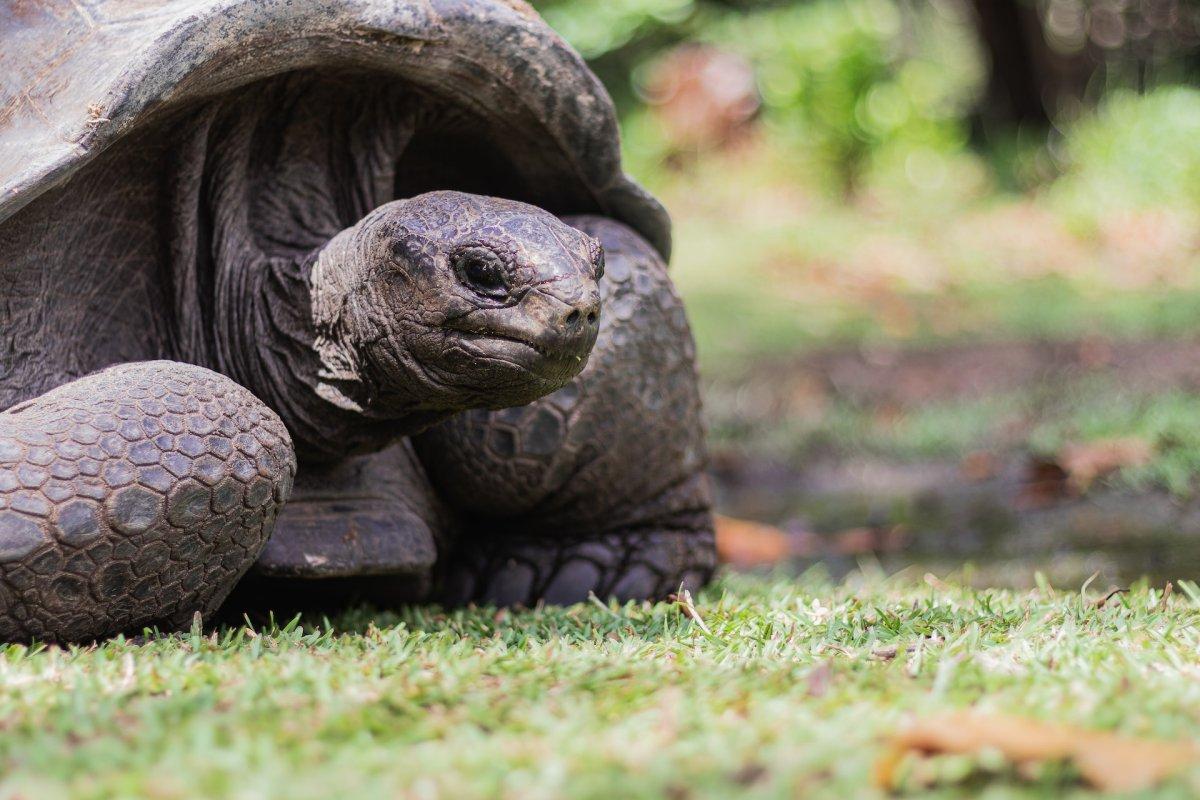
- Name: Seychelles giant tortoise
- Scientific name: Aldabrachelys gigantea hololissa
- Conservation status:
The Seychelles giant tortoise, also known as the Seychelles domed giant tortoise, is a species of tortoise endemic to Seychelles. After being extensively hunted by European sailors during the 19th century, it was thought to be extinct in 1840 but was recently re-discovered. Now, there are about 100 individuals left, and they inhabit forested islands.
This tortoise is one of the longest-lived animals on the planet, reaching more than 200 years of age.
2. Seychelles blue pigeon
- Name: Seychelles blue pigeon
- Scientific name: Alectroenas pulcherrimus
- Conservation status:
The Seychelles blue pigeon, also known as the Seychelles blue fruit dove, is a medium-sized species of pigeon endemic to the woodland areas of the Seychelles archipelago. While its head and breast are silver-gray, its wings are blue and its face is bright red.
This pigeon lives either alone, in pairs, or in small groups. It feeds on fruit and seeds, and breeds all around the year but mainly from October to April. The female entirely builds the nest in a tree or shrub and lays one white egg.
3. Tiger chameleon
- Name: Tiger chameleon
- Scientific name: Archaius tigris
- Conservation status:
The tiger chameleon, also known as the Seychelles tiger chameleon, is a species of reptile endemic to Seychelles. Within the archipelago, it can only be found on the islands of Silhouette, Mahé, and Praslin, and it is considered endangered due to a very, very small distribution of about 45 km / 28 mi wide, and its population of under 2,000 individuals.
This chameleon is fairly small, having a length of 16 cm / 6.3 in. It is an arboreal species that lives in primary tropical and secondary forests.
4. Dugong

- Name: Dugong
- Scientific name: Dugong dugon
- Conservation status:
The dugong is a large species of marine mammal native to the Indian and Pacific Oceans. It is found throughout 40 countries and territories, usually around the coastline, which is also its biggest danger: because of this very close proximity with humans, it has been hunted for thousands of years and suffers from fishing accidents and pollution.
In Seychelles, dugongs were thought to be extinct since the 18th century, until small populations were discovered around the Aldabra Atoll.
5. Pantropical spotted dolphin
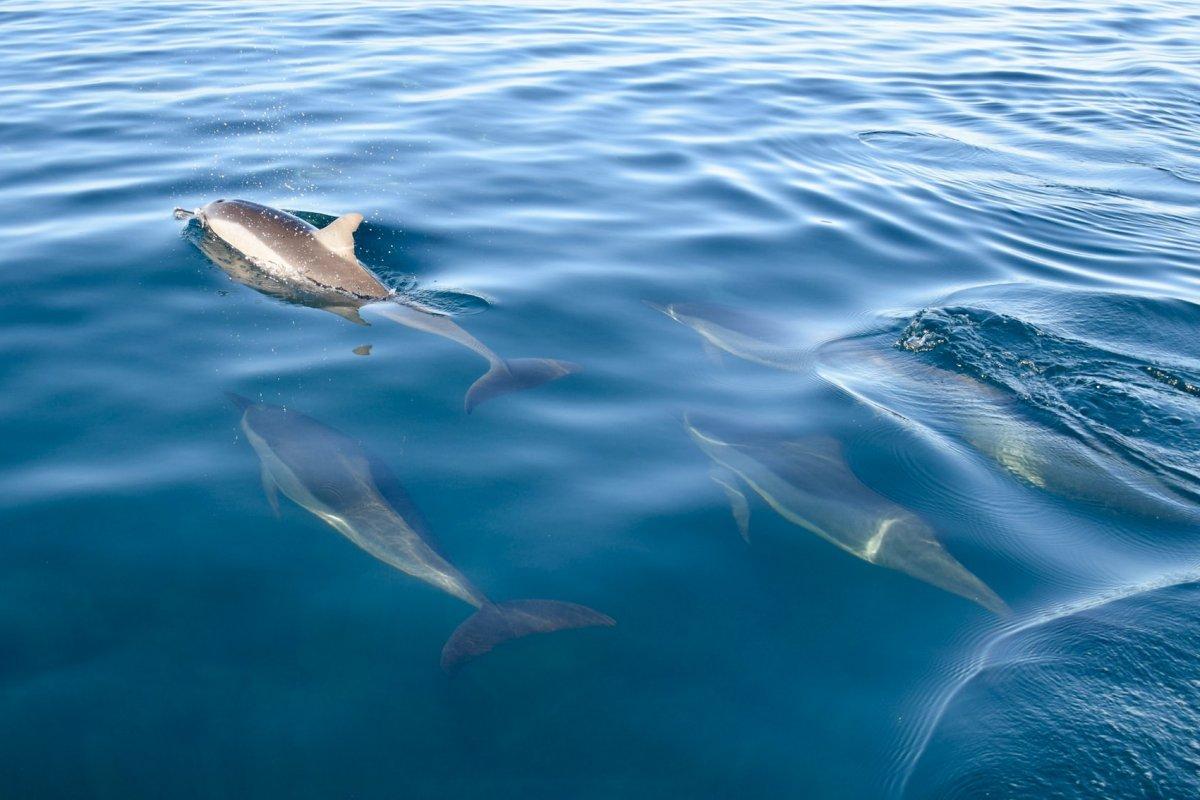
- Name: Pantropical spotted dolphin
- Scientific name: Stenella attenuata
- Conservation status:
You will quickly realize it, but since Seychelles is a tropical, isolated archipelago made of small islands, most of its wildlife comes from the ocean, and the pantropical spotted dolphin is one example of that.
This dolphin is found throughout all tropical and subtropical oceans of the planet, and was seriously threatened during the 1980s because of fishing practices; since the rise of dolphin-friendly methods, millions of individuals were saved, and this species is now doing much better.
6. Seychelles sheath-tailed bat
- Name: Seychelles sheath-tailed bat
- Scientific name: Coleura seychellensis
- Conservation status:
The Seychelles sheath-tailed bat is a species of sac-winged bat endemic to the central, granitic islands of Seychelles. It feeds in forest clearings during the night and roosts in communal colonies by day.
This bat is insectivorous and is on the brink of extinction because of coconut palm plantation expansion, as well as introduced species, which reduce the availability of insect food. Now, it is extinct on most islands, and fewer than 100 individuals remain, making the Seychelles sheath-tailed bat one of the most endangered animals in the world.
7. Greater flamingo
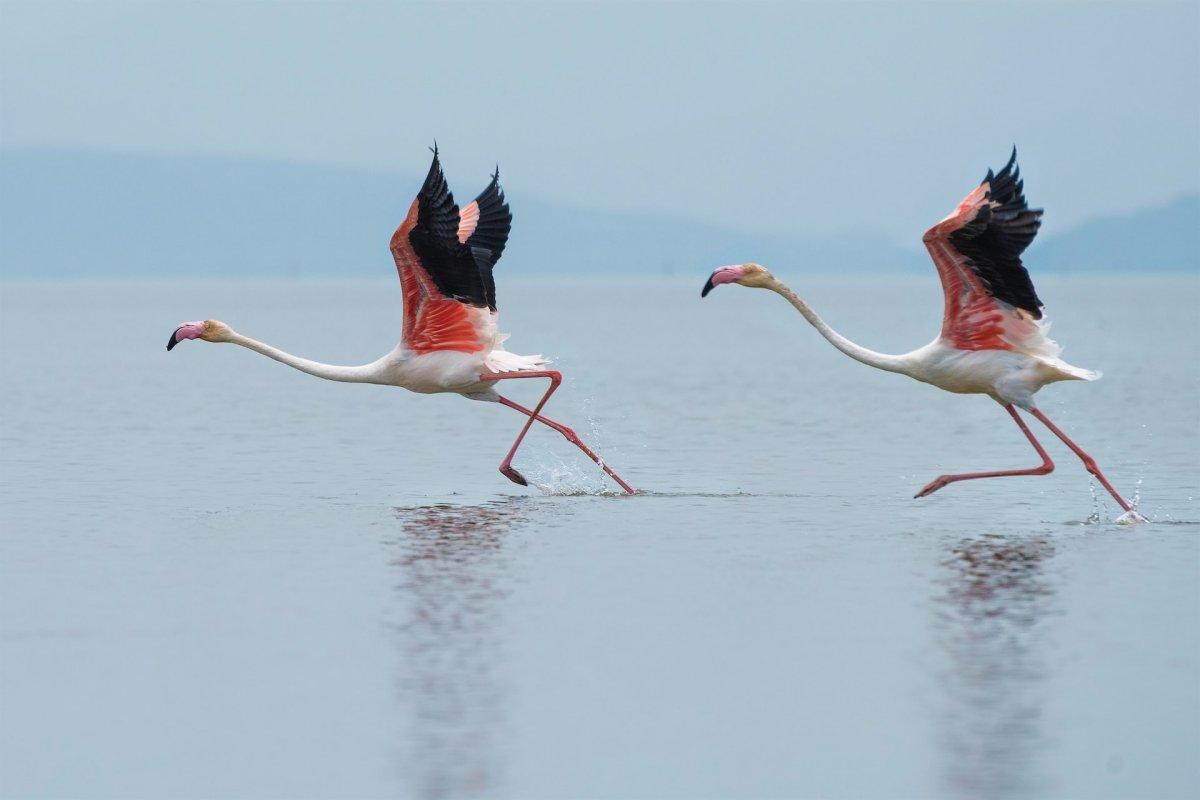
- Name: Greater flamingo
- Scientific name: Phoenicopterus roseus
- Conservation status:
The greater flamingo is the largest and most widespread species of flamingo. It inhabits Arica, the Indian subcontinent, southern Europe, and the Middle East, and lives on the coastline of the Seychelles. While it can live from 30 to 40 years in the wild, specimens have reached more than 60 years of age in captivity.
This large bird is not born pink, but gray! It gets its characteristic pink plumage from the pigments of organisms in its feeding grounds.
8. Brown booby
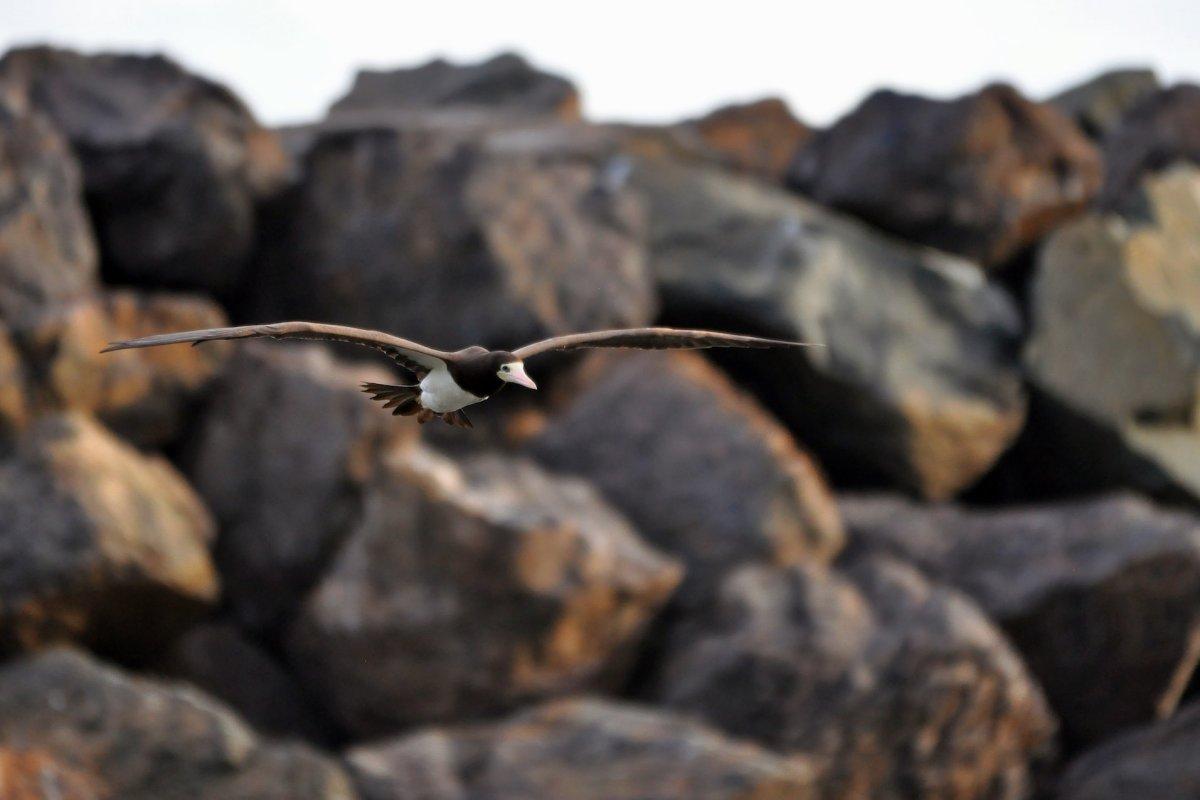
- Name: Brown booby
- Scientific name: Sula leucogaster
- Conservation status:
The brown booby is a large species of seabird native to tropical areas of the world. It is the most widespread and common species of booby, and it lives and hunts in large colonies: when looking for food, flocks dive into the water to take small fish, which are usually driven near the surface by other, deeper predators.
Despite being closely tied to water environments, the brown booby only nests on the ground, and roosts on solid objects (and not on the water’s surface).
9. Seychelles scops owl
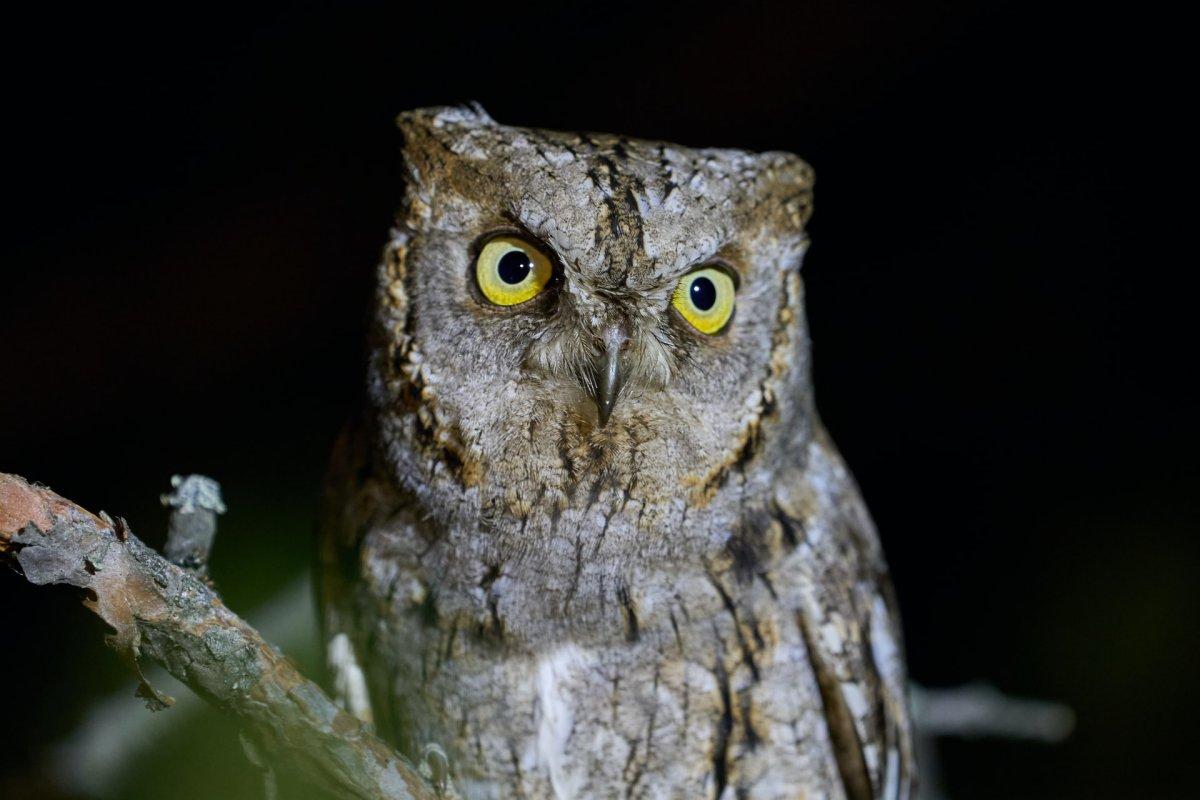
- Name: Seychelles scops owl
- Scientific name: Otus insularis
- Conservation status:
The Seychelles scops owl, also known as the bare-legged scops owl or the syer, is a species of owl endemic to the Morne Seychellois National Park on the Seychelles island of Mahé. It has brown and black plumage, as well as long, gray legs.
This owl was thought to be extinct from 1906 until its rediscovery in 1959. This species seriously suffers from the introduction of alien species such as rats, barn owls, and cats, and is almost extinct.
10. Common minke whale
- Name: Common minke whale
- Scientific name: Balaenoptera acutorostrata
- Conservation status:
The common minke whale, also known as the northern minke whale, is a species of baleen whale found throughout the Northern Hemisphere, except for its northernmost parts. It is the smallest rorqual and the second-smallest baleen whale.
After being initially ignored by the whaling industry because of its small size, it started to be exploited at the beginning of the 20th century and is now one of the main targets of whalers. An even smaller species, the southern minke whale, also exists, and it is found exclusively in the Southern Hemisphere.
11. Seychelles fruit bat
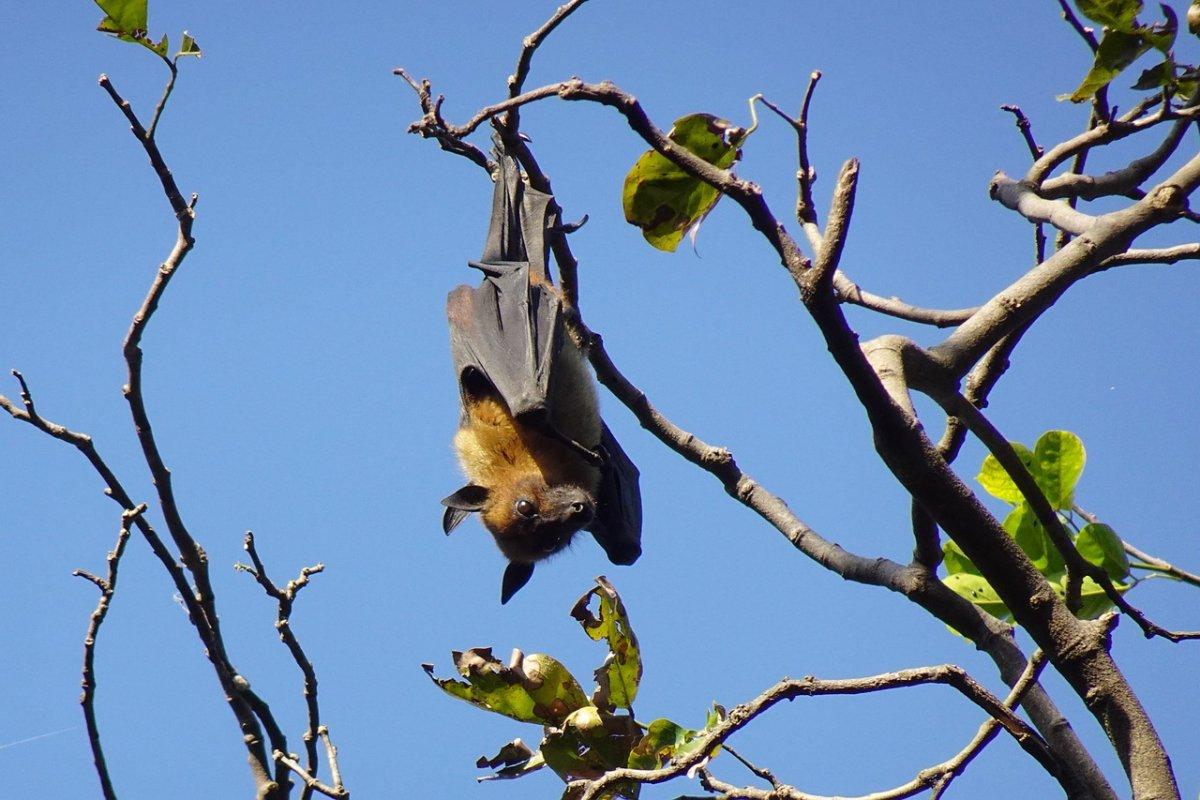
- Name: Seychelles fruit bat
- Scientific name: Pteropus seychellensis
- Conservation status:
The Seychelles fruit bat, also known as the Seychelles flying fox, is a species of megabat found in several islands of the Seychelles, as well as Mafia Island and Comoros. Within its habitat, it plays a very important role, dispersing the seeds of a lot of trees on the island.
This bat can mainly be found on Silhouette Island, where it is particularly abundant, and although it is hunted for its meat in some areas, it still has very large numbers.
12. Seychelles kestrel
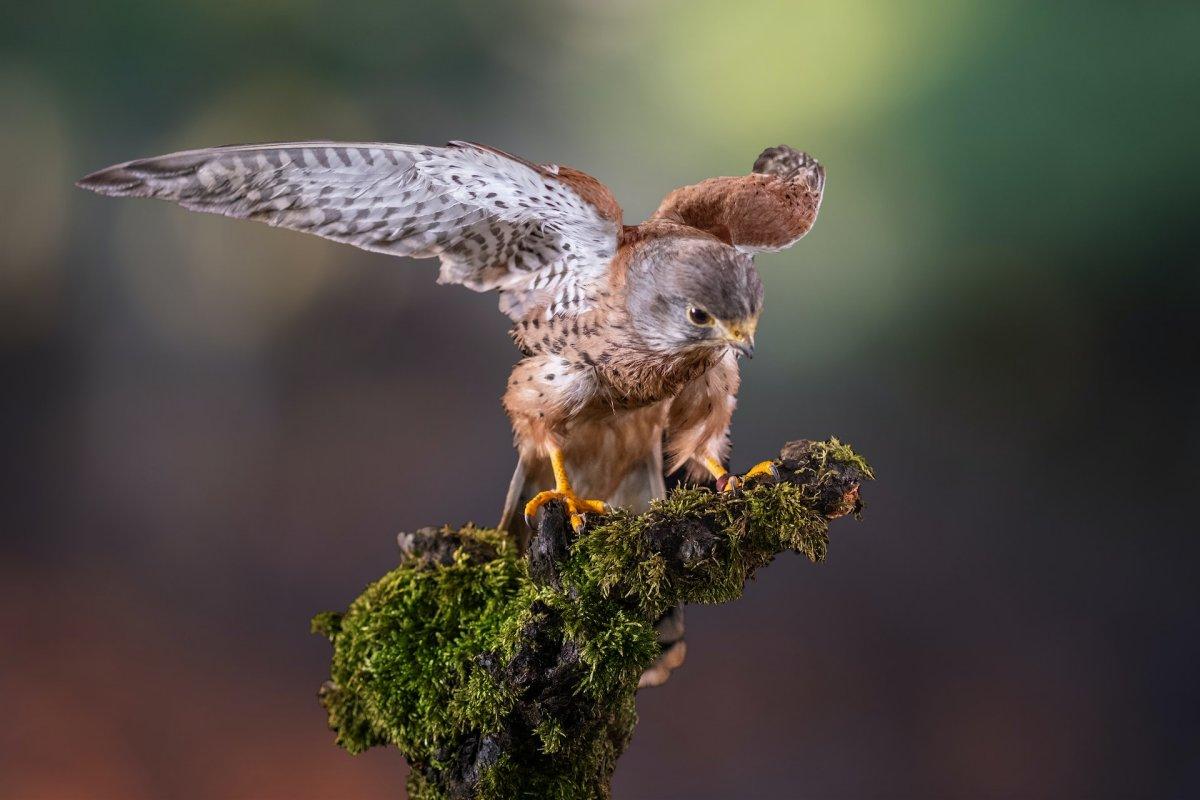
- Name: Seychelles kestrel
- Scientific name: Falco araeus
- Conservation status:
The Seychelles kestrel, locally known as the katiti, is a small species of bird of prey endemic to the Seychelles Islands, where it is the only breeding bird of prey. Its call is particularly loud and shrill.
This kestrel inhabits farmlands, scrubs, and forests of the Seychelles, and can sometimes be seen around rock faces and houses. It often sits on an exposed perch, and swoops down on lizards and skinks, but also rats, insects, small birds, and frogs.
13. Seychelles parakeet
- Name: Seychelles parakeet
- Scientific name: Psittacula wardi
- Conservation status:
The Seychelles parakeet, also known as the Seychelles Island parrot, was a species of parrot endemic to the Seychelles archipelago. It disappeared in 1893 when the last known individual was shot, and despite extensive research, no individuals could be found by 1906.
Not much is known about the behavior of this bird, but it most likely lived in wooded habitats, living in groups and feeding on fruit. It probably disappeared because of habitat loss and hunting.
—
So there you have them, these were my 13 wild animals in the Seychelles. I hope you enjoyed this list and that you learned something new today.
In case you want to learn more about Seychelles wildlife, feel free to keep reading, as I still have lots of things to tell you about:
Endangered Animals of Seychelles
This is definitely the saddest part of the list, but it is crucial to raise awareness. Because of this, let’s go through the list of endangered animals in Seychelles.
Here are the animals in danger of extinction in Seychelles.
- Aldabra brush-warbler
- Seychelles parakeet
- Seychelles mud turtle
- Marianne white-eye
- Hawksbill turtle
- Great hammerhead
- Sociable lapwing
- Seychelles sheath-tailed bat
- Giant bronze gecko
- and 9 more…
- Seychelles wolf snake
- Brauer’s burrowing skink
- Vesey-Fitzgerald’s burrowing skink
- Madagascar pond-heron
- Tiger chameleon
- and 27 more…
To see the full list of endangered species in Seychelles, head over to the International Union for Conservation of Nature’s Red List.
What is the National Animal of Seychelles?
The national animal of Seychelles is the Seychelles black parrot.
The Seychelles black parrot, also known as the kato nwar or the Praslin parrot, is a medium-sized species of parrot endemic to the archipelago of Seychelles. It is a national pride to have such a unique animal on the island, and it is only found on the island of Praslin.
This parrot feeds on fruit, and there are fewer than 1,000 individuals left in the wild. Although strictly protected within the country, it suffers from the introduction of rats and competition with other birds.
How Many Animals Native to Seychelles?
What is the diversity of native animals in Seychelles?
Let’s look at the total number of species of Chordata (mammals, birds, fishes, and reptiles).
Total number of animal species in Seychelles: 1,646 (14,205 in total in sub-Saharan Africa)
More About Animals in the World!
Loved these Seychelles animal facts? Want to see what animals live in other countries?
Then check out these posts:
Or click here to see ALL the facts up on the blog! Spoiler alert: there’s A LOT of them.
Share the knowledge! Click on the buttons below to share information about these famous animals that live in Seychelles with your friends, and help them learn more about the world 🙂
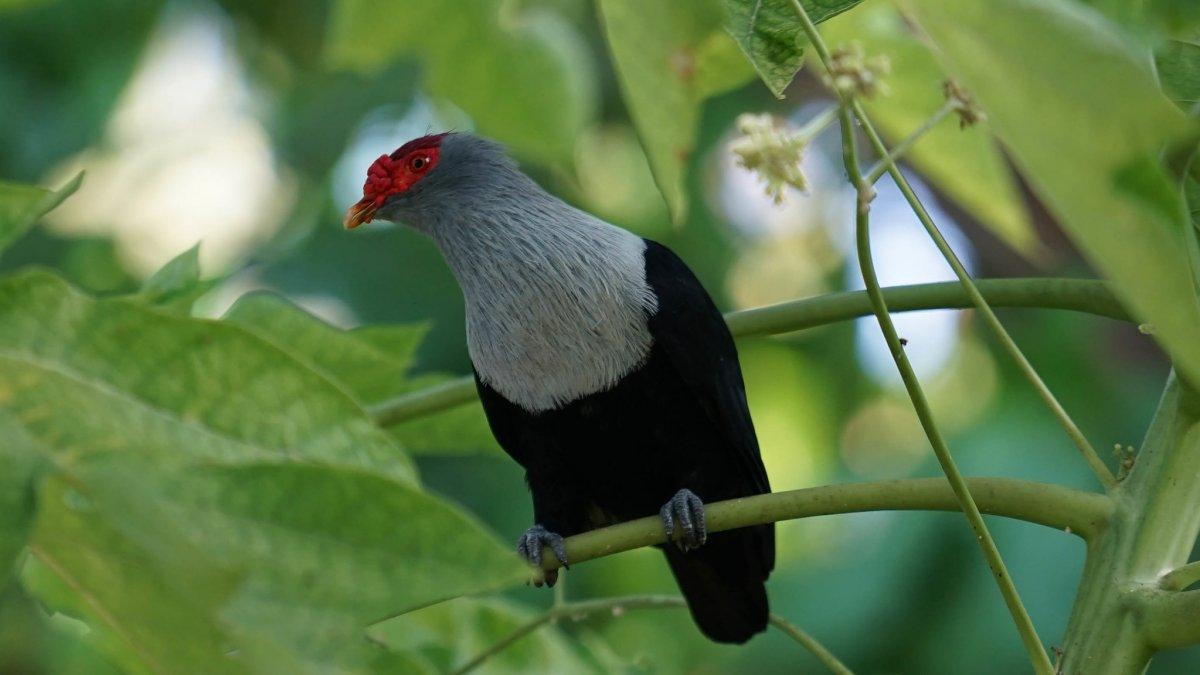
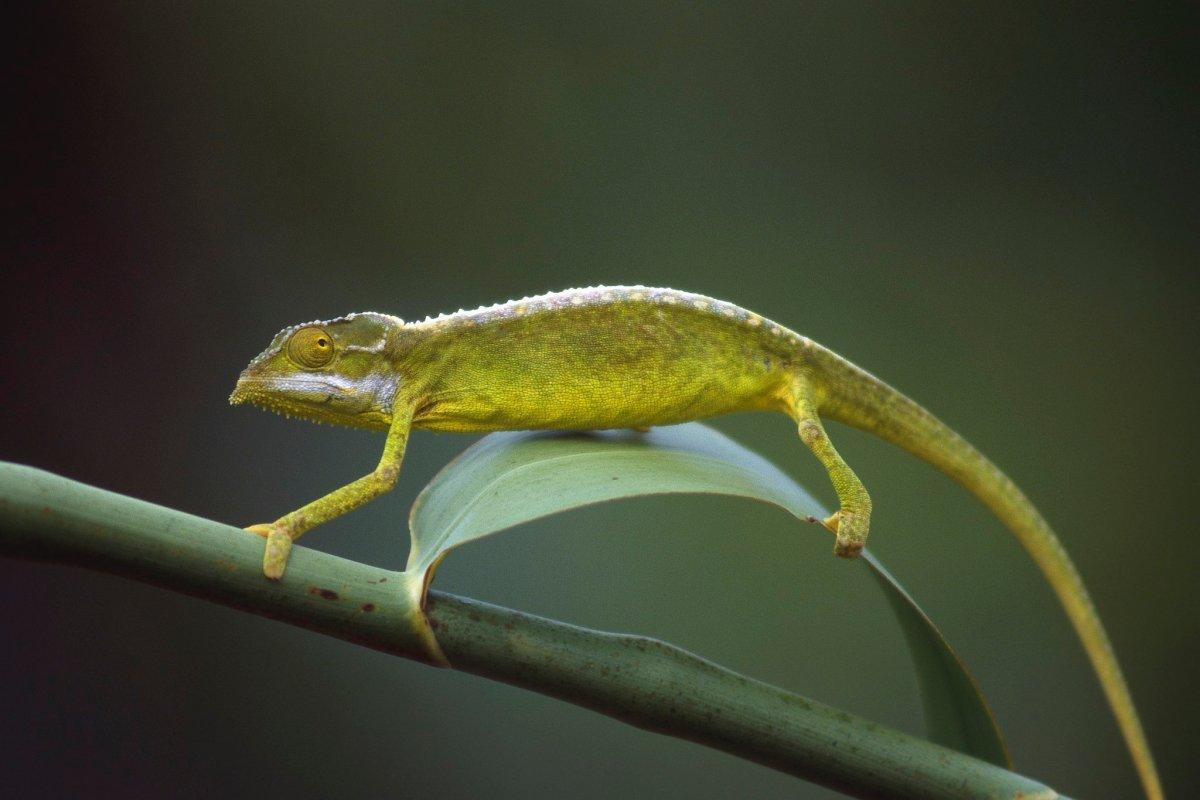
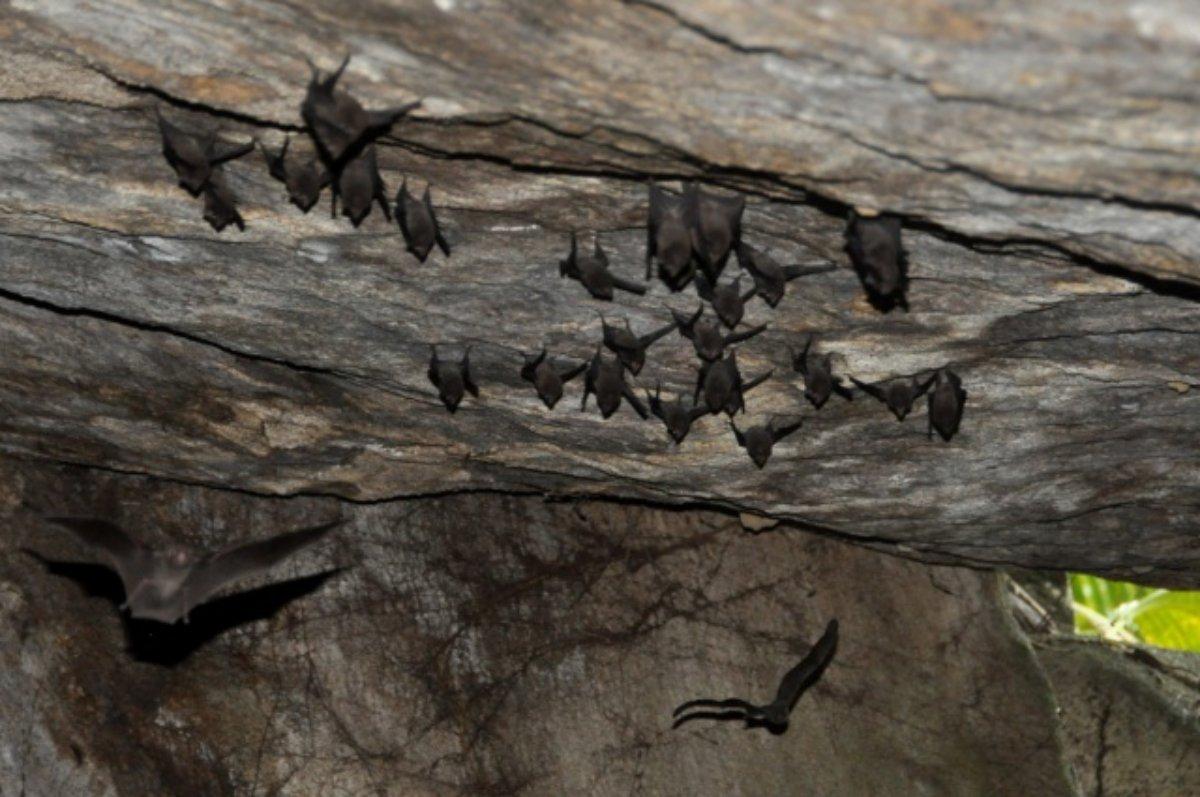
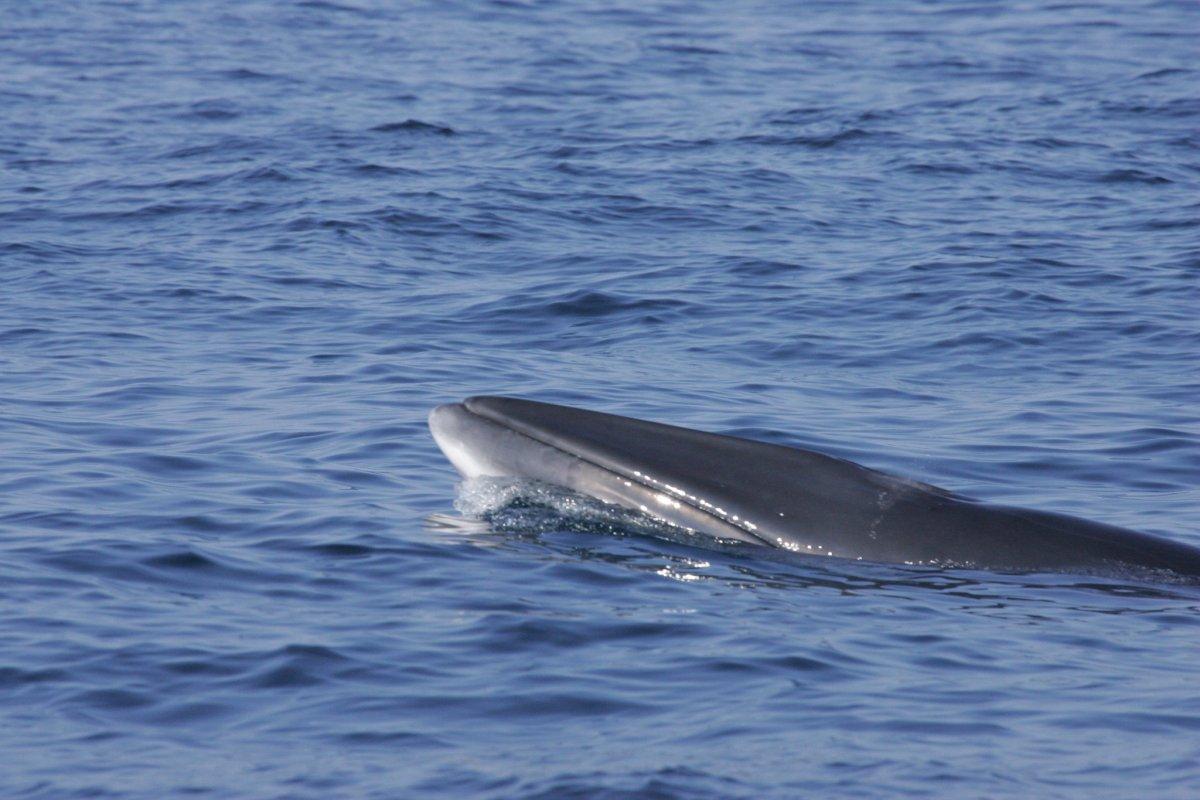
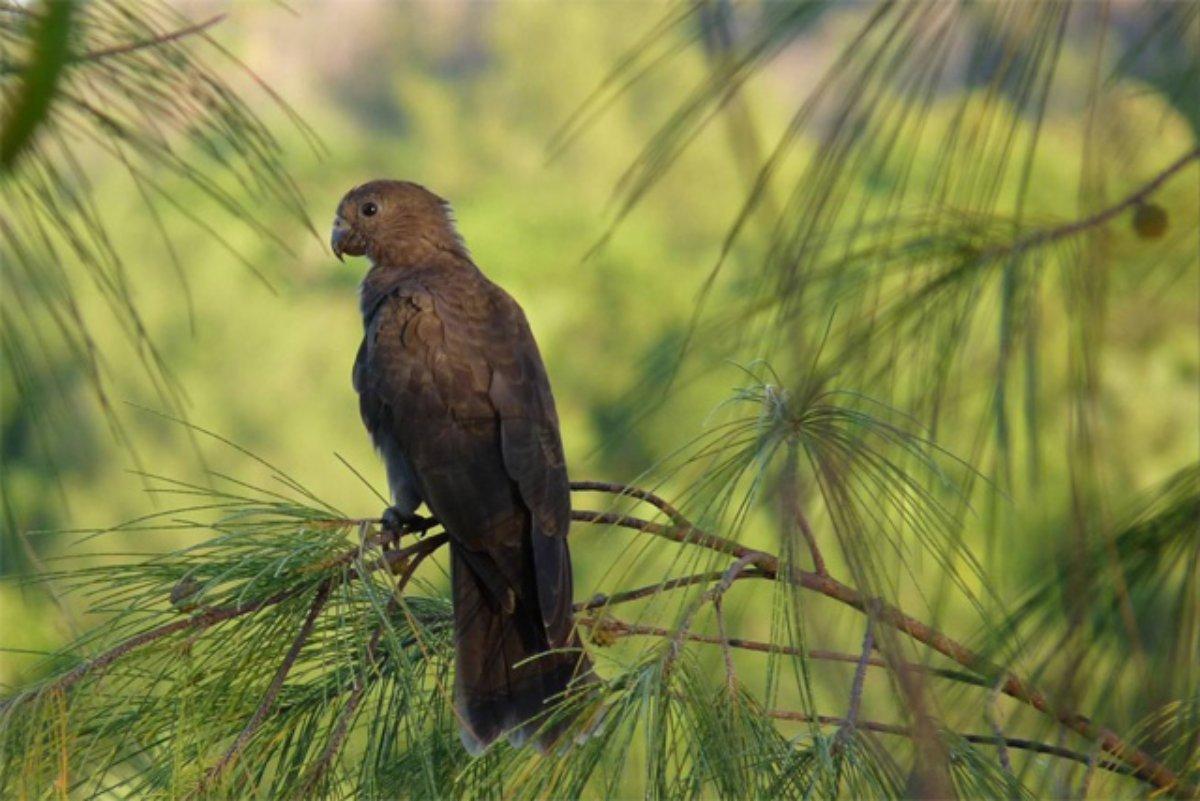

![30 Wild Animals in Australia [Wildlife in Australia]](https://www.kevmrc.com/wp-content/uploads/2023/01/30-wild-animals-in-australia.jpg)
![13 Wild Animals in Togo [Wildlife in Togo]](https://www.kevmrc.com/wp-content/uploads/2022/12/13-wild-animals-in-togo.jpg)
![33 Wild Animals in South Africa [Wildlife in South Africa]](https://www.kevmrc.com/wp-content/uploads/2022/12/33-wild-animals-in-south-africa.jpg)